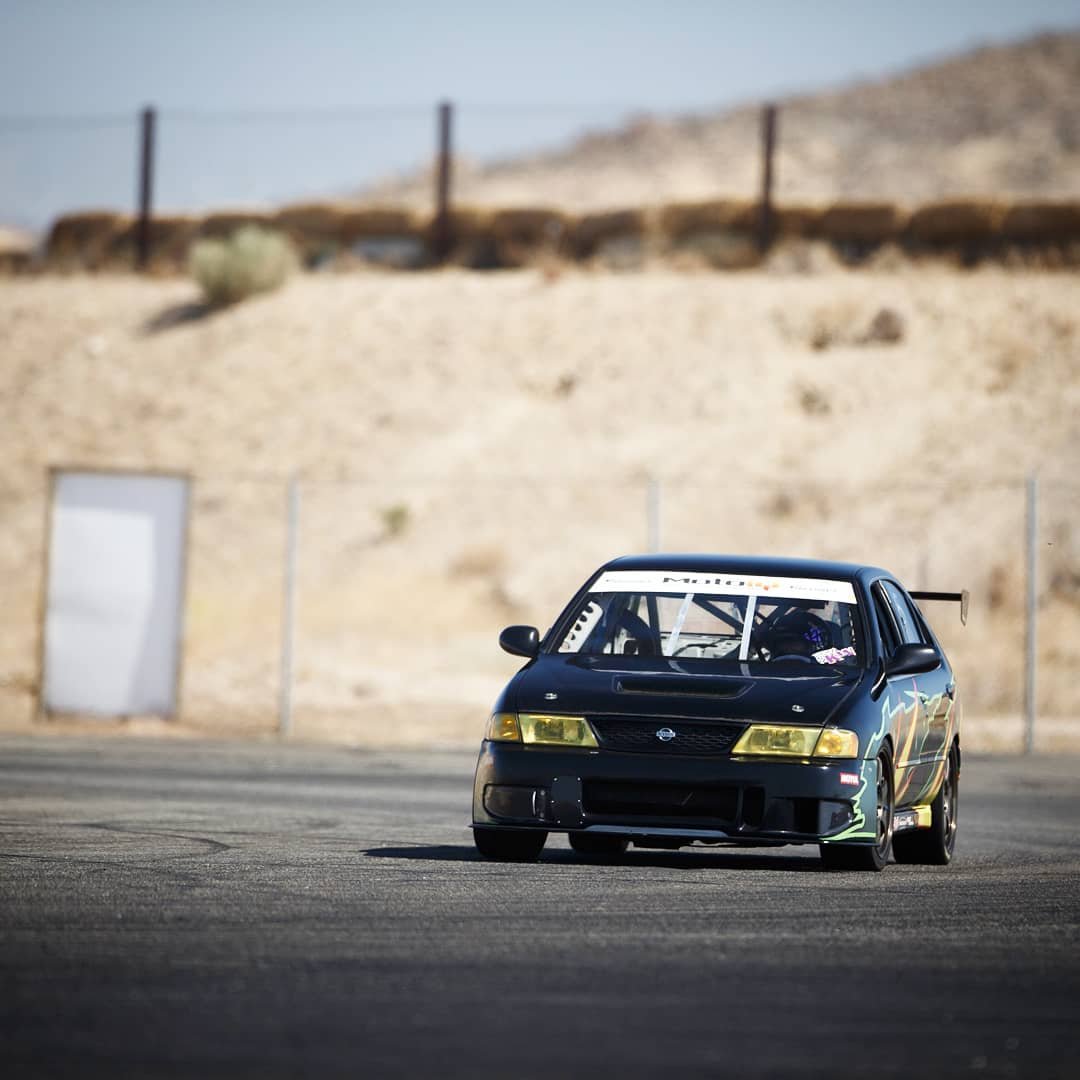
SpeedSF Blog
Every Build Has a Story – Meet the Cars of SpeedSF

Walter’s Sentra: Lifetime Obsession
Twenty years after crewing for various teams in the Spec SE-R series, Walter began racing himself and made a very special Sentra his own.
